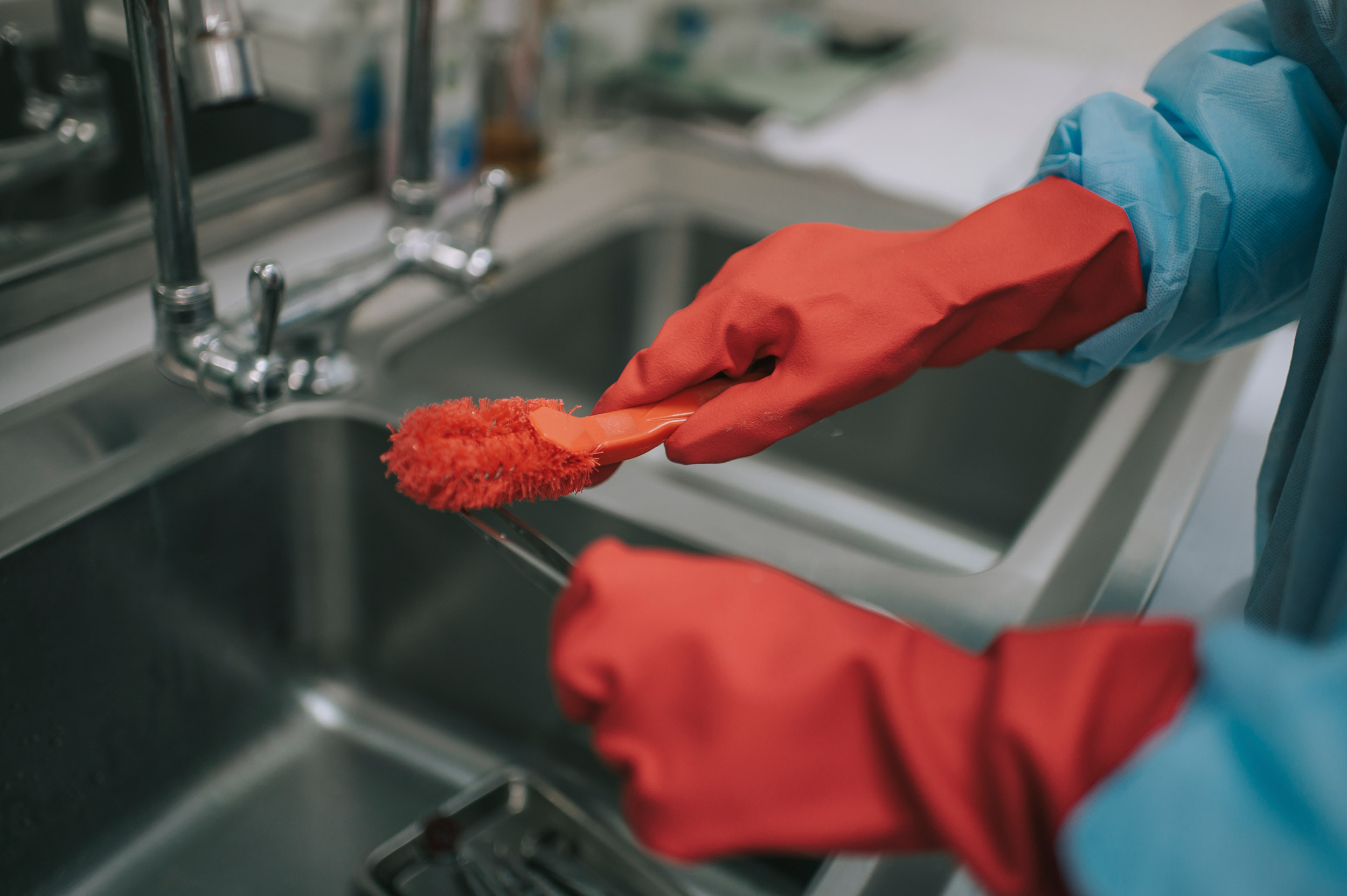
As hospitals and clinics confront growing surgical volume and space limitations, the challenge to safely and efficiently maintain sterile equipment only intensifies.
One increasingly popular solution is to create a centralized processing facility where equipment sets are standardized and sterilization occurs in a single facility, yielding substantial cost savings.
A pioneer in the concept, M Health Fairview in Minneapolis, Minnesota, has consolidated the process for six hospitals, two ambulatory care centers and 60 clinics. It has plans to add another 50 clinics in the next year.
“Centralizing all of the clinic instrumentation helps bring it to the experts that know how to handle the instrumentation instead of individuals that can make better use of their time if they’re being able to serve their patients,” Lori Ferrer, the director of the Central Processing Center for Fairview, said in an interview with the Beyond Clean podcast.
Many surgeons and others who work in operating rooms have no idea what goes on in a sterile processing department, said Ferrer. Her work in the field recently earned her organization the Healthcare Purchasing News Department of the Year Award.
Flexible endoscopes are notoriously difficult to clean and disinfect, given their long narrow channels and delicate nature. Manufacturers offer varying guidelines for cleaning, disinfecting and reprocessing scopes. Industry guidelines for reprocessing endoscopes include more than 100 steps. The process can take more than two hours to complete.
After being disinfected, endoscopes must be stored and dried properly to prevent recontamination because storing them wet fosters microbial growth — even if stored for brief periods.
With more than 3 million instruments processed each year, Fairview’s operating rooms reduced the number of sets they used by combining some and eliminating others, thereby removing 500,000 instruments. At .51 cents per instrument for three-touch processing, those changes alone netted a savings of more than a quarter of a million dollars, she said.
And when large, expensive equipment can be centralized and shared, there is even more substantial cost savings for all.
But a transition to a centralized system requires extensive communication and coordination, Ferrer cautioned. Making sure that all the stakeholders have met and talked with one another is vital for success. Site visits are a key part of that, she said.
At Fairview, the people who worked in the operating room everyday were consulted about exactly which instruments should be in the sets. Their recommendations were then presented to the surgeons for approval before any changes were made.
“It starts with rounding and establishing those relationships with folks and earning people’s respect,” Ferrer said. “In sterile processing it’s always been them and us. We’ve been trying to bring things together. We’re all a team. ... What one does affects the other.”
Click here to hear Ferrer tell her story to Beyond Clean.
How do you know if a bronchoscope is clean? Click here for an easy-to-use reference highlighting reprocessing recommendations from seven key documents, including the 2016 Multisociety Guideline.


